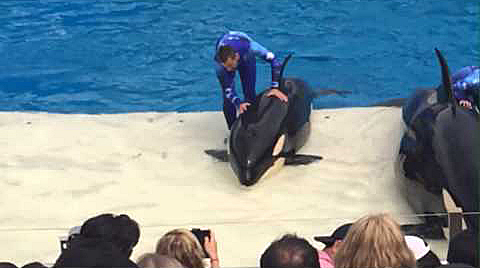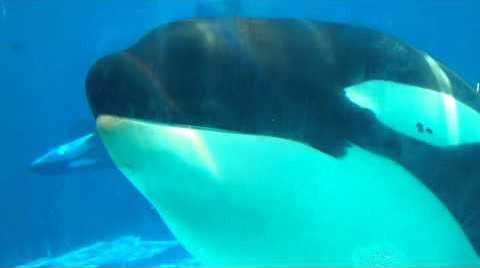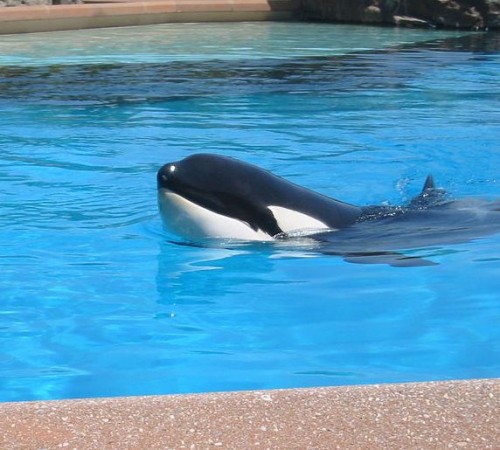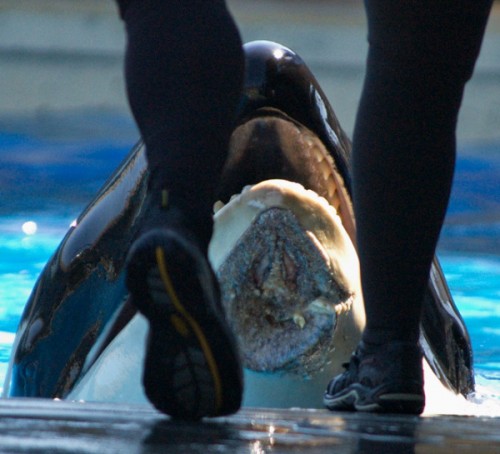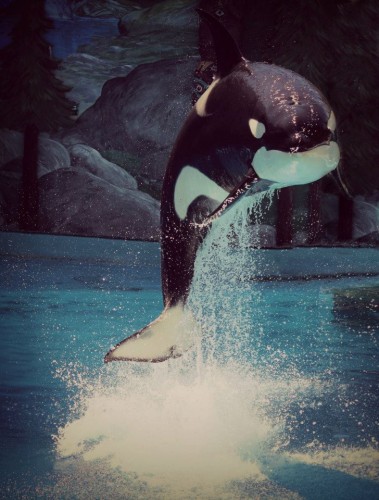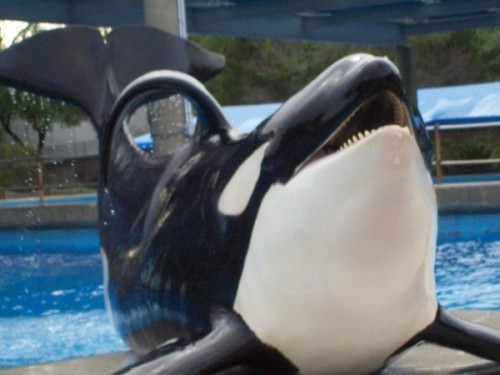Loving Billy…
“They, who have suffered so much at the hands of humans, never lose the ability to forgive, even though, being elephants, they will never be able to forget.”
― Daphne Sheldrick, An African Love Story: Love, Life and Elephants
I was a docent at the L.A. Zoo some thirty years ago, where I was honored to learn and teach about all the species we studied there. But though I loved the amazing gatherings of bright humans who were passionately dedicated to all wild beings, I wanted more. I needed to be up close with the animals themselves. In those days, that was truly possible. (Today, you practically need a PhD to shovel poop! Not kidding.)
I decided to sign up as a part-time animal keeper and it became one of the highlights of my life — working just about all the strings, from snakes to anteaters to apes to “hoof stock,” etc. But the greatest moment of all was when I was asked to help in the elephant barn. It seemed that two babies had been added to the troop and the keepers could use double assistants. I was over the moon.
And so began my time meeting and greeting some of the most astounding beings on the planet. Matriarch Gita, as well as Ruby and others — but it was baby Becky and Billy who took my breath away. Still “toddlers,” the two were not more than four years old. Describing them as cute doesn’t do them justice. OMG, those faces! I can see them now to this day.
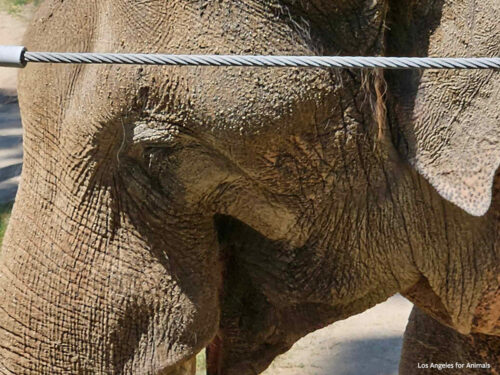
But Billy could have been one of my little boys — full of mischief and silliness and the antics of a joyful little being so full of himself and life. I was often warned to not get between a wall and a goofy baby elephant who just wanted to play with and push me into what could have been a squish if I wasn’t careful! I adored him!
Continue reading “What Loving Billy The Elephant Over The Years Has Meant”

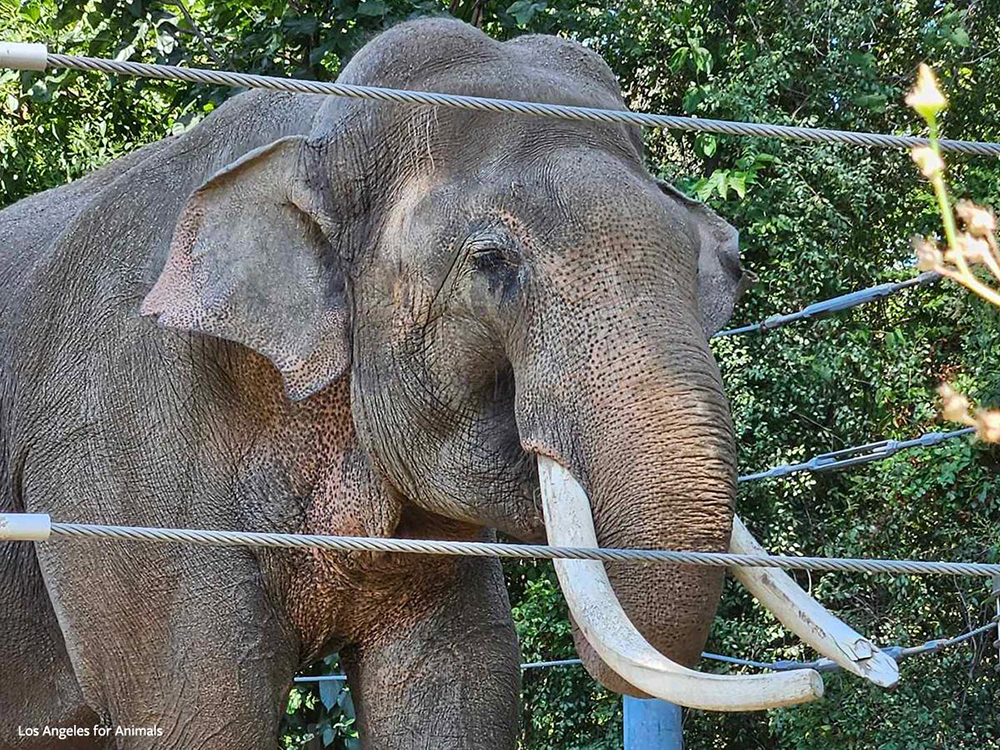
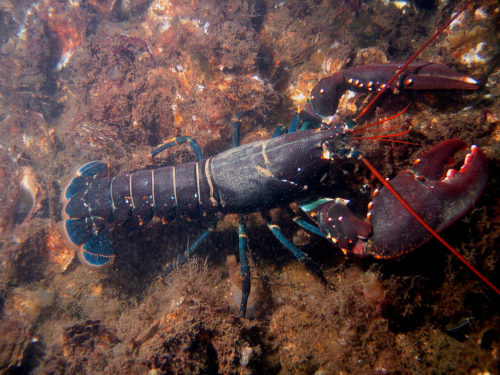
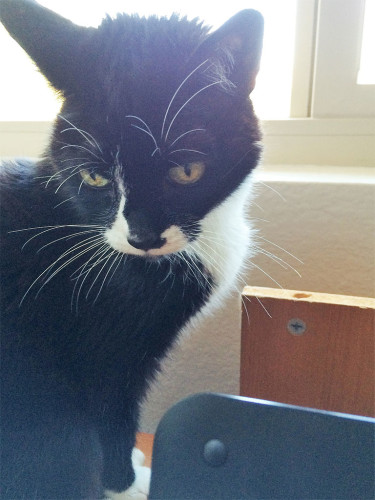 I called him Scout because when he arrived in my life seventeen years ago, I thought he was a she and of course named the tiny drop of a kitten after one of my favorite Harper Lee characters from To Kill A Mockingbird.
I called him Scout because when he arrived in my life seventeen years ago, I thought he was a she and of course named the tiny drop of a kitten after one of my favorite Harper Lee characters from To Kill A Mockingbird.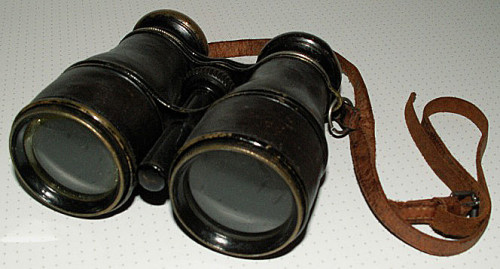 That should set the stage for a recent drive I did with one of the best and most patient navigators ever. Did I say that he was sight-challenged, as in almost blind? True. I was directed through the San Diego traffic by my friend, an unseeing eye guide named Claude. A former biologist and “birder,” this amazing genius has socked away an inventory of facts—flora and fauna and a whole lot more—into his brilliant brain. And one recent morning he offered to share his wisdom and memorized street sense with my friend Willie and me.
That should set the stage for a recent drive I did with one of the best and most patient navigators ever. Did I say that he was sight-challenged, as in almost blind? True. I was directed through the San Diego traffic by my friend, an unseeing eye guide named Claude. A former biologist and “birder,” this amazing genius has socked away an inventory of facts—flora and fauna and a whole lot more—into his brilliant brain. And one recent morning he offered to share his wisdom and memorized street sense with my friend Willie and me.